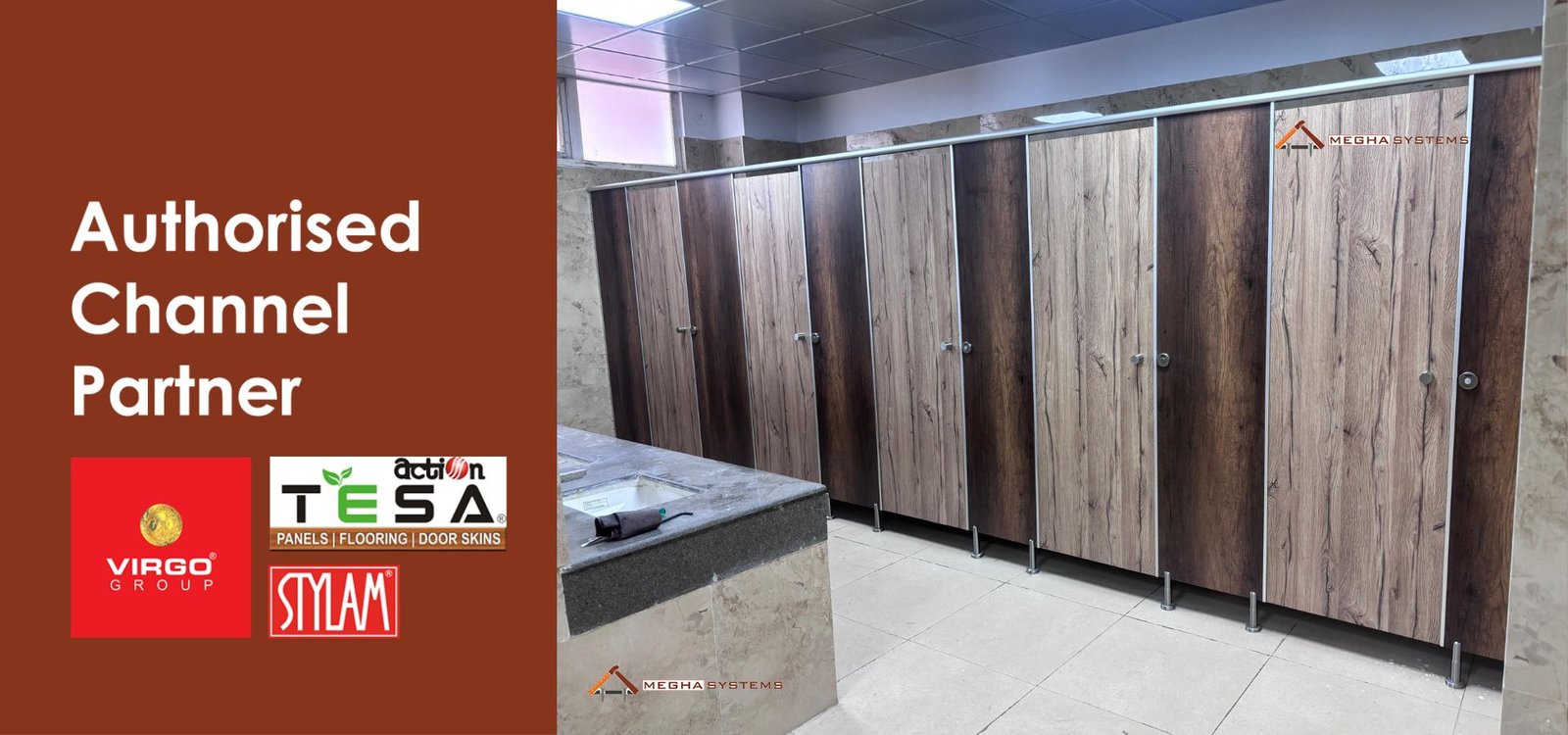When designing a modern restroom, one essential element that ensures privacy and functionality is the toilet partition. These partitions divide individual cubicles in public and commercial washrooms, creating a hygienic and organized space. But have you ever wondered what materials are commonly used to make these partitions? The choice of material plays a critical role in durability, maintenance, aesthetics, and cost.
In this blog, we will explore the most common materials used for toilet partitions and why they are popular.
Why Does the Material Matter for Toilet Partitions?
The material of a toilet partition impacts several key factors:
- Durability: It should withstand frequent use and last for years without damage.
- Moisture Resistance: Bathrooms are high-moisture areas; the material must resist water damage.
- Hygiene: The surface should be easy to clean and maintain.
- Aesthetic Appeal: It should complement the restroom’s design and theme.
- Cost-Effectiveness: The material should provide value for money.
Most Common Material Used: Powder-Coated Steel
Among the various options, powder-coated steel is one of the most widely used materials for Toilet partition manufacturers. Here’s why:
- Economical Choice: Powder-coated steel partitions are cost-effective, making them a preferred option for large commercial spaces like schools, offices, and malls.
- Durability: These partitions are made of metal sheets coated with a protective layer of powder paint, making them resistant to scratches and wear.
- Variety of Colors: Powder coating allows a range of color options to match different restroom themes.
- Easy Maintenance: They are relatively easy to clean and maintain, ensuring hygiene in public restrooms.
Other Popular Materials for Toilet Partitions
While powder-coated steel is common, there are several other materials used depending on the budget, aesthetics, and usage environment:
1. Stainless Steel
- Premium Look: Offers a sleek and modern appearance.
- Highly Durable: Resistant to rust, moisture, and vandalism.
- Used In: High-end commercial spaces, luxury hotels, airports.
2. Solid Plastic (HDPE)
- Moisture Resistant: Perfect for humid environments like gyms and pools.
- Long-Lasting: Does not warp or crack easily.
- Low Maintenance: Easy to clean and sanitize.
3. Compact Laminate (Phenolic)
- High Strength: Layers of kraft paper soaked in resin, making it extremely durable.
- Moisture and Impact Resistant: Suitable for heavy-traffic restrooms.
- Variety of Designs: Available in different colors and finishes.
4. Glass Partitions
- Modern Appeal: Gives a premium and stylish look.
- Customizable: Can be frosted, tinted, or reeded for privacy.
- Best For: Corporate offices, luxury washrooms.
Which Material Should You Choose?
The choice depends on:
- Budget: Powder-coated steel is the most economical.
- Location: For humid or wet areas, HDPE or phenolic panels are better.
- Aesthetics: For a luxury look, go for stainless steel or glass.
- Usage: For heavy traffic, choose durable materials like phenolic or stainless steel.
Conclusion
Toilet partitions are an integral part of any restroom, and choosing the right material ensures privacy, durability, and hygiene. While powder-coated steel remains the most common material due to its affordability and functionality, other options like stainless steel, HDPE, phenolic, and glass cater to specific requirements and design preferences.



